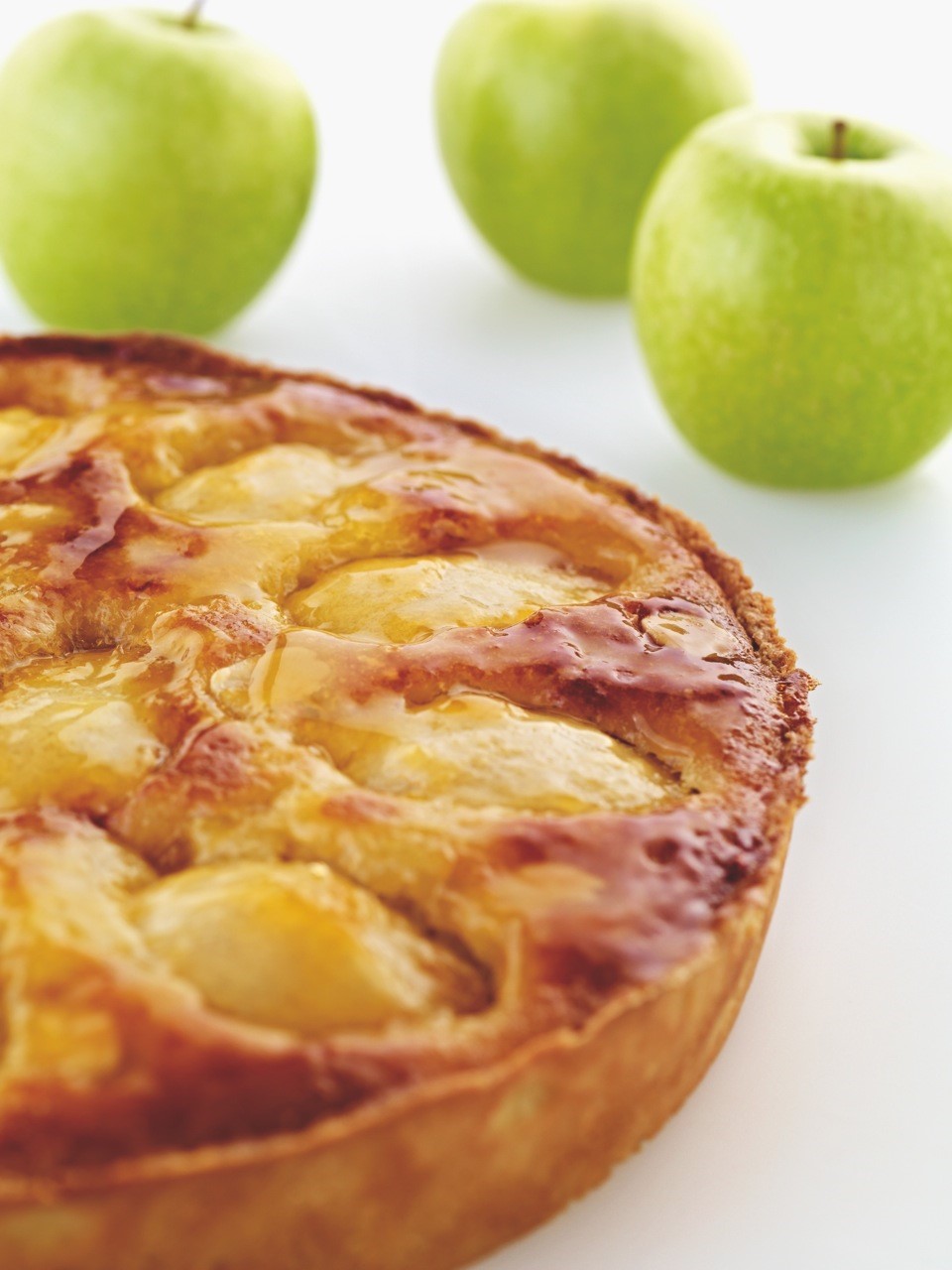The annual almond harvest is almost upon us. Traditionally, the branches of helpless almond trees were beaten with big, long sticks but this method is fast disappearing. It’s hardly surprising, I tried it myself a few years ago and it is unbearably hard, back-breaking work that almost put me off almonds for life. Fine netting is placed on the ground around the tree to catch the falling almonds as the branches are beaten to release the fruit. These day’s you’re more likely to hear the dreadful drone of the mechanical tree-shakers as they violently grip and shake the tree into submission.
Almond’s have been cultivated in the Mediterranean region since ancient times and are often mentioned in the bible, although the exact origin is obscure. Unlike oranges which have to be watered regularly, the almond tree is extremely undemanding. It gets the moisture it requires through its roots, which extend deep into the ground.
A recent study showed that almonds can boost the health of people with high cholesterol levels as most of the fat contained in them is monounsaturated, the same type found in olive oil. They are low in carbohydrates, high in vitamin E and a good source of protein. However, experts have been reluctant to recommend nuts to individuals who need to diet because of their high calorie content. Used in moderate amounts, providing the nuts are natural without added salt and oils, they can be very healthy and nutritionally valuable foods.
Almonds belong to the same family as cherries, apricots and peaches. The delicately flavoured nut is used throughout the world in both sweet and savoury dishes and they are often paired with chocolate, apples, pears, strawberries, apricots and fresh figs. The Spanish have invented hundreds of recipes with almonds and they appear in all manner of sweet pastries and biscuits including the famous “turrones” (nougat) and “gato”, an almond sponge cake. They are often used to thicken soups and sauces and form the base of “ajo blanco malagueño”, a refreshing chilled almond and garlic soup from Andalusia.
Nuts are used in most, if not all cuisines. Many other cultures also use ground nuts to thicken stews and make sauces. Coarsely ground nuts are wonderful in crusts for fish and meat, as well as in the more familiar cakes and pastries. Try tossing a handful of roasted nuts with vegetables: peanuts in coleslaw, macadamia nuts with spinach, hazelnuts chopped over Brussels sprouts, or pine nuts combined with raisins and tomatoes.
APPLE FRANGIPANE TART
Ingredients: Serves: 8
3 apples (peeled & cored)
20 freshly peeled whole almonds
Sweet pastry:
450g plain flour
Pinch of salt
150g icing sugar
200g cold butter (diced)
3 egg yolks
Frangipane
6 egg yolks
150g ground almonds
130g sugar
50g flour
10g corn flour
500ml milk
1 vanilla pod (split)
For the sweet pastry:
Place the butter, flour and salt in a food processor and pulse until it resembles breadcrumbs. Add the sugar and egg yolks and pulse again, just enough to incorporate the eggs. Scrap out the pastry and wrap in cling film. Place in the fridge to rest for at least 30 minutes.
Roll out the pastry on a lightly floured surface to about 3mm thick.
Line a 20cm tart ring with the pastry and rest in the refrigerator for at least 20 minutes.
To make the frangipane:
Place the egg yolks and sugar in a bowl and whisk until light and fluffy. Add the flour, ground almonds and corn lour. Mix well.
Bring the milk to the boil in a heavy-bottomed saucepan with the vanilla pod. As soon as the milk starts to bubble, pour half onto the egg yolk mixture, stirring all the time. Pour this mixture back into the pan with the rest of the milk and return to the heat. Cook out over a gentle flame, stirring continuously for 2-3 minutes until the mixture thickens. Pass the thick custard through a fine sieve and leave to cool.
Place the chilled frangipane to the pastry case. Then, using a palette knife or the back of a spoon, level the surface. Cut the apples in quarters and press them lightly into the filling, scatter the whole almonds on top and dust lightly with icing sugar.
Place in a hot oven (180cº/350fº/gas6) for 25-30 minutes until the frangipane is cooked and the top is lightly caramelised.
GATÓ DE ALMENDRAS (MALLORCAN ALMOND CAKE)
Ingredients: serves 8-10
500g ground almonds
400g sugar
12 egg yolks
6 egg whites
Grated zest of one lemon
A pinch of ground cinnamon
25g icing sugar
Place the egg yolks and sugar in a bowl, whisk until light and fluffy. Add the grated lemon zest and ground cinnamon.
In a clean bowl, beat the egg whites until they form a stiff meringue. Using a spatula, gently mix the two mixtures together.
Grease a deep-sided cake tin with butter or olive oil and pour the mixture into the mould.
Place in a moderate oven (170-180º) for 45-50 minutes. Then turn the oven off and leave the door ajar while the almond cake cools down.
Carefully turn out the almond cake, dust with icing sugar and serve.














0 Comments